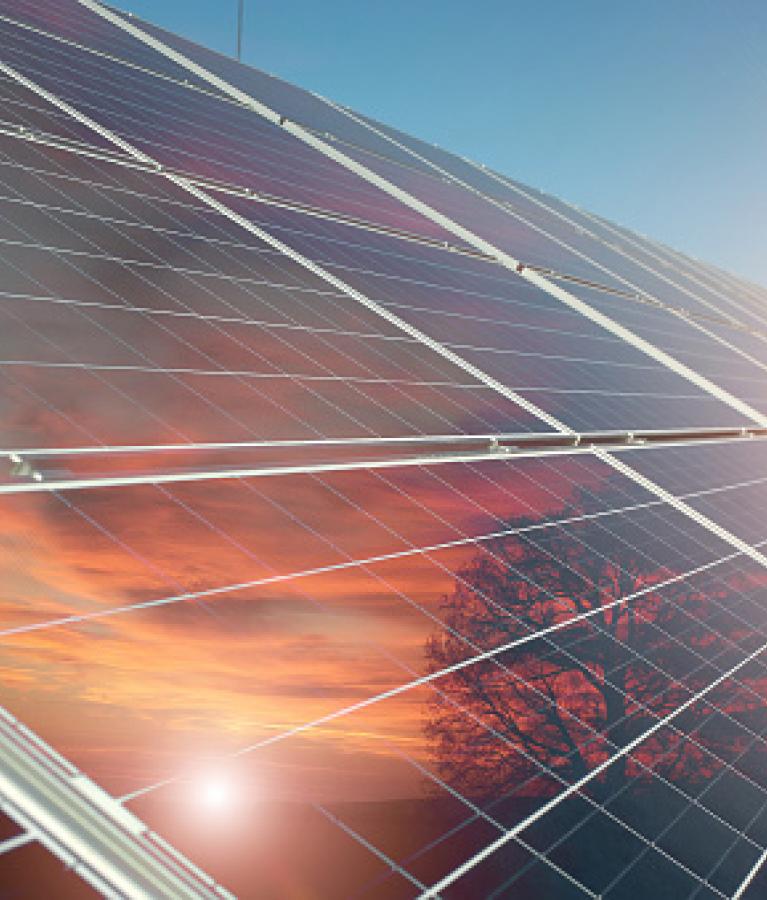In December, the New South Wales (NSW) Solar Bonus Scheme came to an end, marking the first significant change to Australia's solar feed-in tariffs since they were established to encourage the adoption of solar power systems. When the scheme ends, those in NSW could see their solar buyback (a fixed rate per kilowatt hour) potentially replaced with rates up to 80 per cent lower.
While this is the largest bonus scheme to end, it may signify a change in the solar industry. Here's an overview of the impact the highest feed-in tariff reductions will have on those with solar power systems.
Having the right meter
NSW solar customers are being encouraged to change from their current gross meters to net meters, to help them maximise possible savings on their energy bill once the scheme ends.
So what's the difference? Well, a gross meter sends all the energy generated by the home solar PV system to the grid. The household purchases all their energy from the electricity grid, just as a non-solar home would, meaning they never directly use their solar power.
This set-up is ideal for bonus schemes because the homes get paid (as a feed-in tariff) for all the energy they generate, and, in the case of NSW, the rate was up to double the purchase price of electricity.
When the scheme ends, the gross meter will lose its financial benefit as the solar energy sent to the grid will be bought at a rate less than the purchase price of electricity.
With a net meter, homes directly use the solar energy they generate, and it's only solar exports or excess energy they don't manage to use that's sent to the grid. While they'll still get a feed-in tariff for this renewable energy, it's at a reduced minimum feed-in tariff rate.
What's the benefit of making the change? The home can now reduce its energy bills by utilising the solar energy it generates, which will offset the amount it needs from the grid.
Changing the way solar works for you
To really benefit from the net meter set-up, homes that make the switch will need to start using as much of the solar power they generate as possible.
As solar systems only produce energy during daylight hours, and this energy needs to be used as it's made, homes on a net meter need to start thinking about running energy -hungry appliances, like dryers, during the day.
In a home full of busy people, the house can be empty and unused all day, so it will mean a change in mindset and a bit of planning. But with simple changes, such as using timers on appliances like washing machines so they run during peak solar hours, it can be achieved.
The next step to really maximising solar power is investing in a storage solar system, like solar batteries, on top of having solar panels installed. Solar batteries store the energy generated by the solar panels and then distribute it at the end of the day when the sun has gone down and when electricity is at its most expensive. This takes away the pressure of trying to use all the energy as it's generated.
We've been getting prepared for the end of the scheme in NSW and have introduced some great meter upgrade options to make sure those homes that have invested in solar power are still rewarded.




